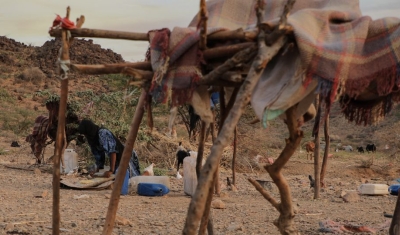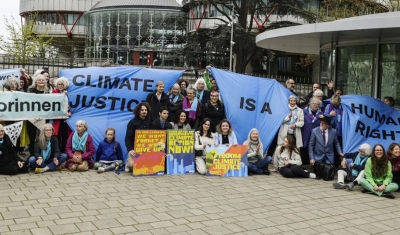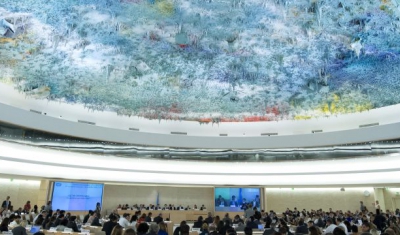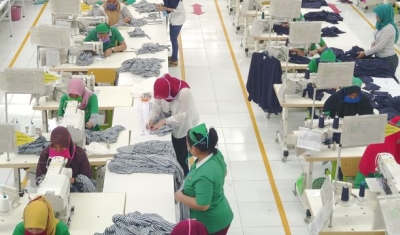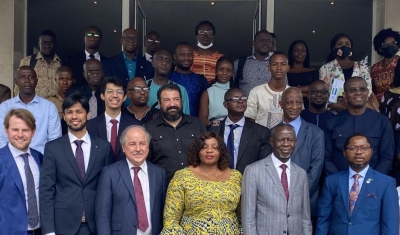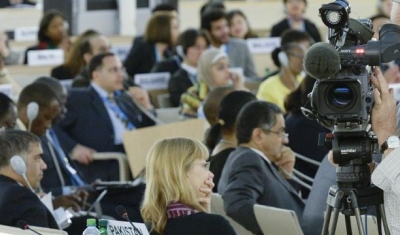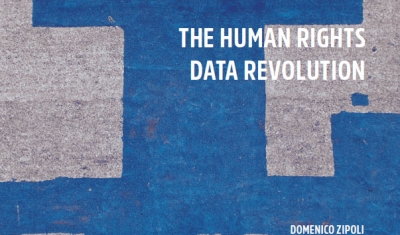The TransMonEE Database and Dashboard distinguish themselves as valuable resources in the landscape of child rights data collection and analysis in several ways. Firstly, the Database is quite comprehensive: it aggregates over 700 indicators from a diverse range of international sources as well as direct data compilations by Governments on specific groups of children. These indicators span 35 subdomains aligned with the Europe and Central Asia Child Rights Monitoring (ECA CRM) Framework, offering a breadth of data relevant to child rights in the region.
Another useful feature is the database and dashboard's focus on disaggregation. They aim to provide data disaggregated by sex, age, residence (urban/rural), and wealth. This level of detail is critical for identifying disparities and tailoring interventions to the needs of specific groups, thereby enhancing equity and effectiveness in policy and program design.
The TransMonEE tools rely on technology through the integration of Application Programming Interfaces (APIs). APIs facilitate the seamless, timely update of data, ensuring accuracy and reliability. This technical innovation supports automated updates and minimizes errors in data collection.
The TransMonEE Dashboard reveals data gaps by showing which countries lack data for specific indicators, which is relevant to targeted data improvement efforts across the region.
The dashboard's design offers two primary views for data exploration—via the ECA CRM Framework or by specific indicators—complemented by various filters and visualization tools. For topics requiring deeper dives, it provides links to specialized UNICEF dashboards and resources. Furthermore, a standout feature is the dashboard's direct connection to the Committee on the Rights of the Child’s recommendations, which offers actionable insights and bridges data with real-world applications.


